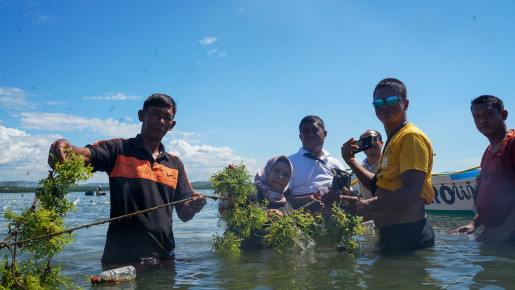Wrapping up Early Warning System project in Mindanao, But our Work in Disaster Preparedness Continues
Published: Apr 4, 2025 Reading time: 2 minutes Share: Share an articleThe Philippines faces some of the most severe climate-related hazards in the world, making disaster preparedness essential. Through the Strengthening Resilience through Early Action and Impact Mitigation–Early Warning System (STREAM-EWS) project, we’ve taken a major step in equipping flood-prone communities with the tools they need to stay safe.
From March 25-27, we officially concluded the STREAM-EWS project in Cagayan de Oro City, bringing together representatives from 12 local government units (LGUs) across Mindanao. These LGUs play a vital role in sustaining and expanding the reach of the early warning system, ensuring that vulnerable communities receive timely alerts and can take preventive action.
One of the key achievements of the event was the formal handover of the Early Warning System to our 12 partner LGUs. This marks a critical shift from external project support to locally driven disaster resilience.
Key Highlights:
✅ Masterclass in System Navigation – LGUs received hands-on training in monitoring and reporting hazards using the EWS platform.
✅ Memorandum of Agreement (MOA) Signing & System Handover – Partner LGUs committed to sustaining and optimizing the system for real-time disaster response.
✅ Sustainability Planning – SMART-PLDT provided insights on IoT and SMS-based solutions, while People in Need (PIN) facilitated discussions on long-term strategies for maintaining the system.
✅ Integration at the LGU & Provincial Level – Local leaders developed concrete action plans to embed EWS technology into existing disaster risk reduction efforts.
A Shared Commitment to Safety
This project wouldn’t have been possible without the support of GSMA, our LGU partners, SMART-PLDT, PAGASA, and other key stakeholders. Their collaboration has ensured that flood-prone communities are not just recipients of disaster alerts but active participants in their own safety.
While the STREAM-EWS project may have concluded, its impact continues. By placing this technology in the hands of local governments, we’re making disaster preparedness a lasting priority, one that helps save lives before the next storm arrives.



